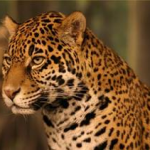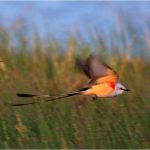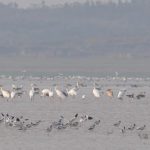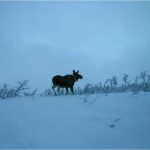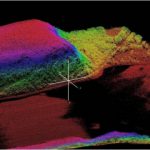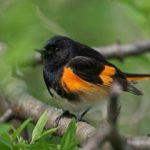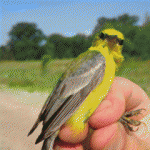Sep 2010
- Biodiversity
- Conservation
- Remote Sensing
Oscar Cardenas, an invited scientist in the SILVIS Lab, is working on the zoning of a biosphere reserve in Mexico where he studying jaguar habitat in order to assure the species presence for the future. While doing so, he’s faced with social issues that are intrinsically and deeply related with natural resources protection and preservation and raise some new research questions.
Aug 2010
- Biodiversity
- Birds
Climate change leads to increases in extreme weather. Tom Albright and co-authors investigate the effect of heatwaves and drought on bird abundance and diversity in the conterminous United States.
Aug 2010
- Biodiversity
- Birds
- Conservation
Poyang Lake, one of China’s most diverse wildlife areas, increasingly faces shifting use patterns and new threats to the wildlife and human communities who call it home. Ph.D. candidate James Burnham seeks to understand how changing lake hydro-dynamics and human impacts affect the local wildlife, particularly the critically endangered Siberian Crane.
Aug 2010
- Biodiversity
In Sweden, moose are a national symbol, a major game species – and a hazard for car travel, with some 4,500 accidents per year. SILVIS researcher Wiebke Neumann is studying the patterns of moose movement and accident rates in order to improve safety to both moose and people.
Jul 2010
- Biodiversity
- Birds
- Remote Sensing
A 2005 news item in The Sauk Prairie Eagle prompted Adrian Lesak to dive right into the emerging field of laser remote sensing for forestry and biodiversity applications while forming an international research collaboration.
Jul 2010
- Biodiversity
- Conservation
- Remote Sensing
Can a bumper sticker inspire innovative research? In the case of Chad Rittenhouse PhD, a chance sighting motivated an innovative line of research that questions how changes occur in the natural world and how we perceive and measure these changes.
Jan 2010
- Biodiversity
- Birds
- Conservation
The woodlands of the upper Midwest are undergoing a major transformation as oak forests and savannas are being replaced by maples. How will this transformation affect Wisconsin wildlife, such as our colorful migrant wood warblers? A field team led by SILVIS researcher and graduate student Eric Wood is trying to find out.
